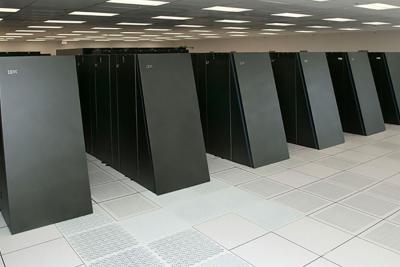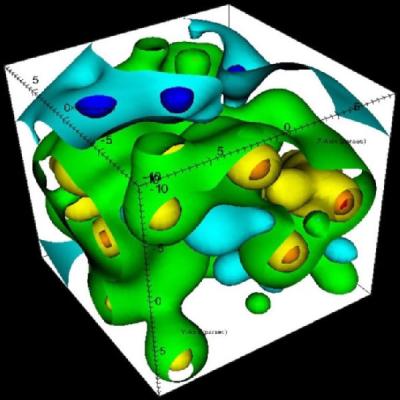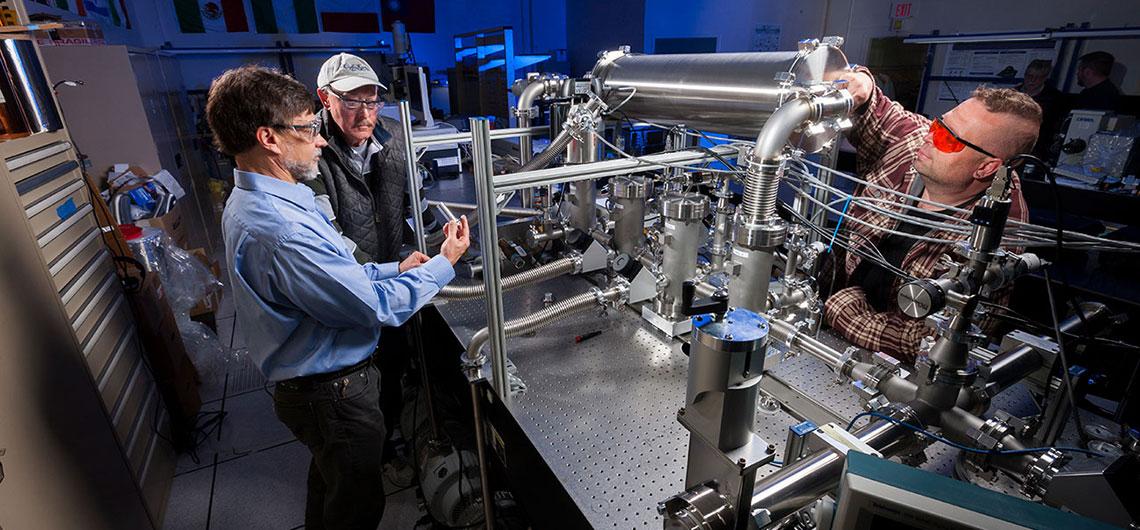Nondestructive Characterization Institute (NCI)

Analyzing an Object's Makeup
Nondestructive Characterization (NDC) aims to understand the internal physical properties of a material, component, or system without causing damage. Characterization is done through x-ray, gamma-rays, microwaves, ultrasound, radioactive or acoustic emissions, and measurements combined with physics-based analysis.
NCI not only generates 3D images of an object but seeks a quantitative understanding of its 3D physical and chemical makeup. The Nondestructive Characterization Institute advances the fields of non-destructive evaluation and characterization through collaborative research and development applied to real-world national security problems.

NCI Capabilities
NCI uses microwave diagnostics to see conductive surfaces through opaque insulators, employs in-situ electromagnetic diagnostics for metal additive manufacturing, and creates diagnostics for in‐situ monitoring of liquid metal jetting AM systems. In addition to these modes, NCI works to quantify uncertainties in NDC processes, advance quantitative NDC to create as-built models, and advance laser optical, computer-aided speckle, and holographic interferometry.
What We’re Working On
NCI has worked for years alongside U.S. government agencies and private industry to strengthen existing airport explosives detection systems and commercialize new security technologies. The Livermore Explosives Detection Program seeks to enhance detectors’ sensitivity to an expanding range of explosive threats without increasing the number of false alarms.
- This program involves research and development in a variety of areas:
- X-ray signatures of home-made explosives
- Evaluating systems to detect radiological and nuclear materials in cargo
- Advanced few-view reconstruction algorithms for tomography
- Advancing the characterization of additive manufactured parts
- Acoustic emission and non-linear evaluation of additive manufactured parts
- Transducer ultrasonic testing
- Laser-based ultrasonics testing of additive manufacturing parts
- Ptychography for chip assurance
Interested in Collaborating? Email Us: eng-nci-collab [at] llnl.gov (eng-nci-collab[at]llnl[dot]gov)
Want to Partner with Us?
Let's make something incredible together
We'd love to explore what a collaboration with your organization might involve. Fill out the form below to get started.

Please don't edit this area




